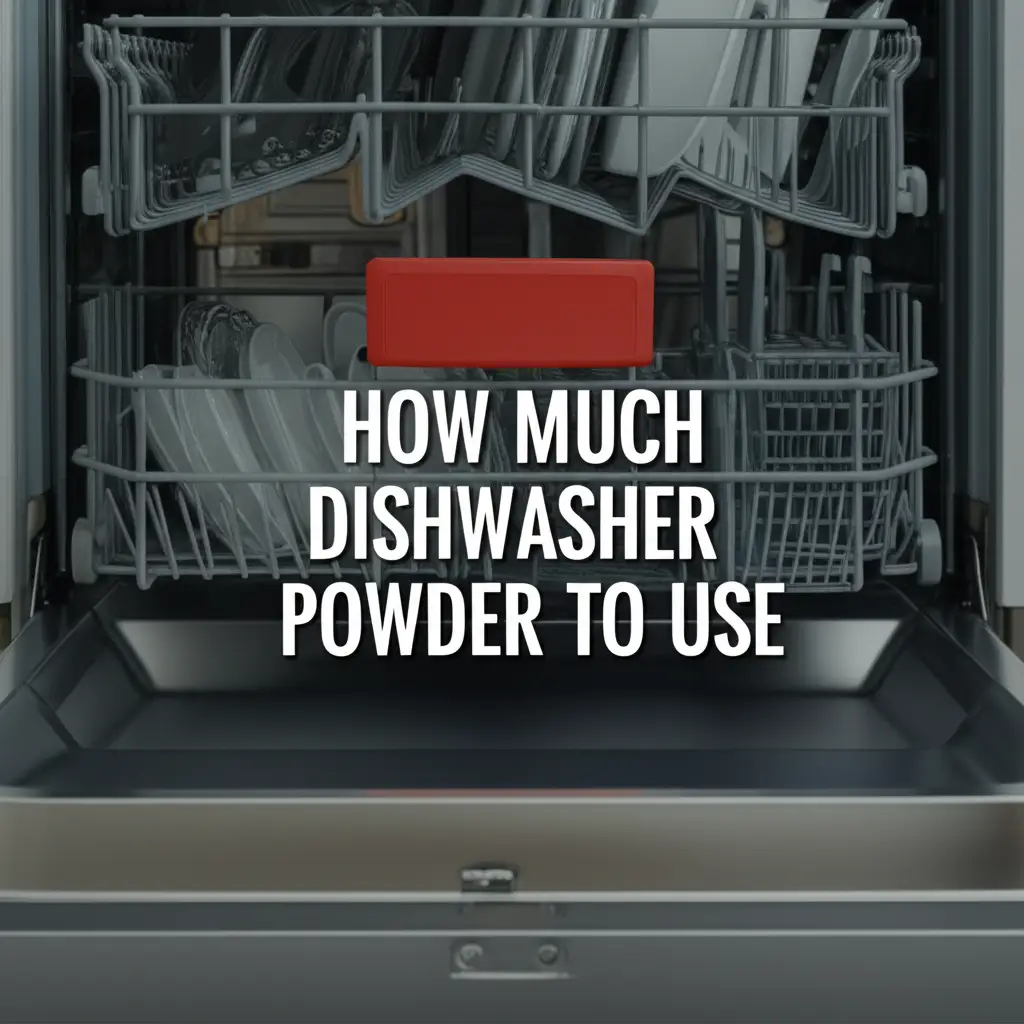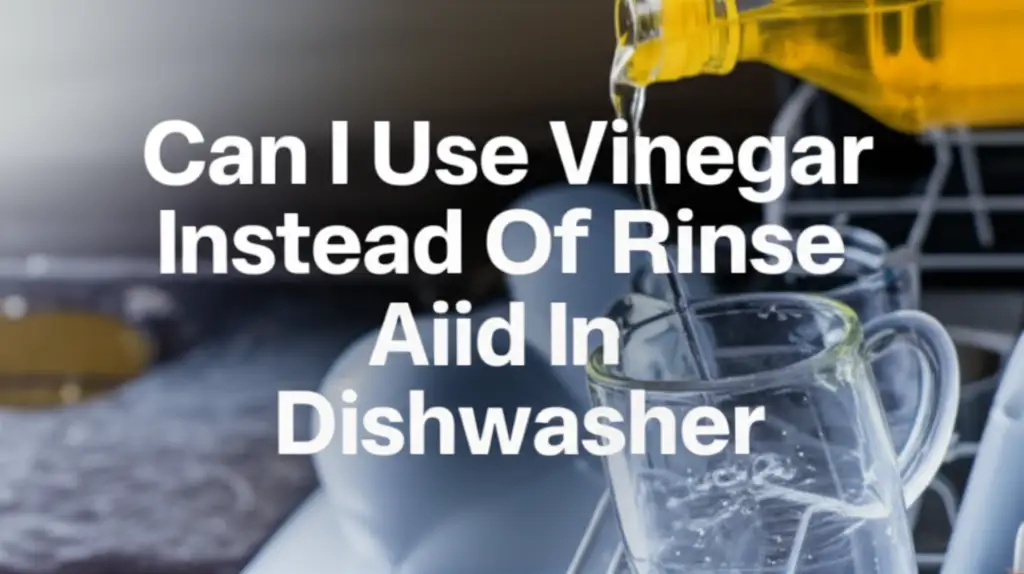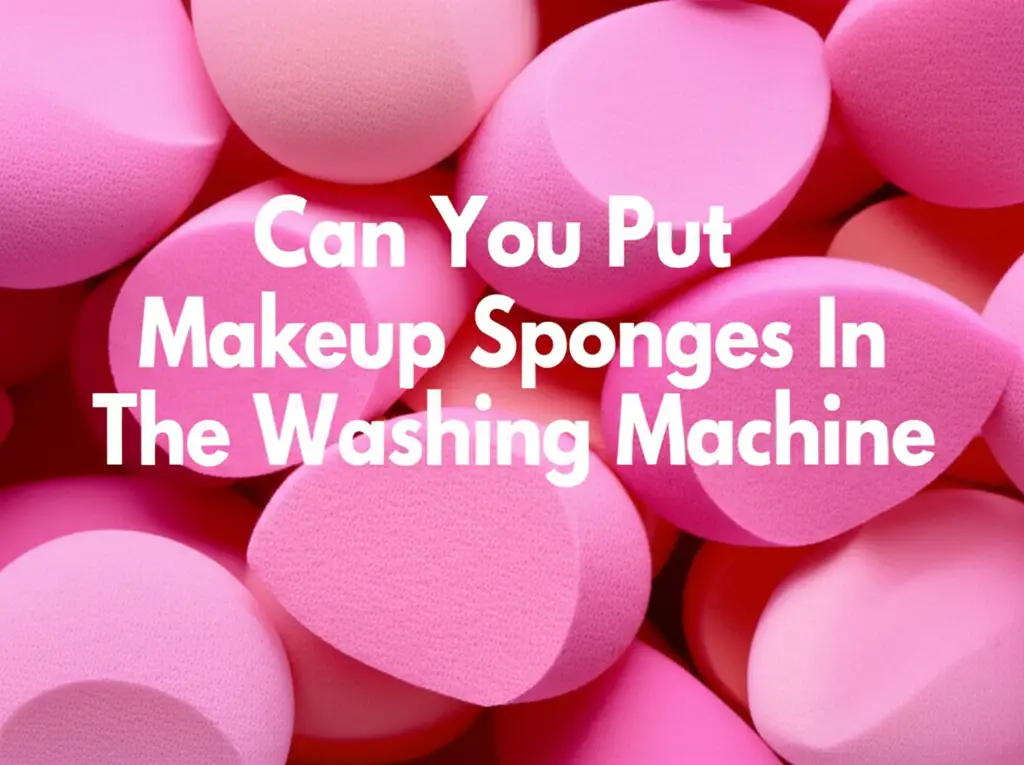· Tessa Winslow · Cleaning Tips · 14 min read
How Much Dishwasher Powder To Use

Optimal Dishwasher Powder Usage for Sparkling Clean Dishes
Have you ever opened your dishwasher, hoping for gleaming dishes, only to find them still dirty or covered in a cloudy film? This common frustration often points to one simple problem: incorrect dishwasher powder usage. Getting the right amount of dishwasher powder is not a random guess; it is a careful balance. This article helps you master that balance. I will explore the key factors influencing powder dosage, proper application, and common pitfalls. This guide ensures your dishes come out perfectly clean every time. You will learn how to make your dishwasher work its best.
Takeaway
- Assess Water Hardness: Hard water needs more powder; soft water needs less.
- Consider Load Conditions: Heavily soiled or full loads require more detergent.
- Measure Accurately: Use the detergent dispenser’s lines or a measuring spoon.
- Avoid Overdosing: Too much powder causes residue and can damage dishes.
- Maintain Your Machine: A clean filter and spray arms improve cleaning efficiency.
Concise Answer to the Main Query:
Use 1-2 tablespoons (15-30 ml) of dishwasher powder for a standard load in average water hardness conditions. Adjust this amount based on your dishwasher model, the load size, the soil level of your dishes, and your local water hardness. Always check your dishwasher’s manual and the detergent packaging for specific recommendations.
Understanding Dishwasher Powder and Its Purpose
Dishwasher powder is a cleaning agent designed specifically for automatic dishwashers. It contains enzymes, bleaching agents, and surfactants. These components work together to break down food particles, remove stains, and lift grease from your dishes. Unlike hand dish soap, dishwasher powder is low-foaming. This low foam is essential for proper machine operation.
The correct dosage of this powder is critical for effective cleaning. Too little powder means dishes will not get clean. Food residue and grease will remain. Too much powder can also cause problems. It leads to streaks, spots, or a white film on dishes and inside the machine. It can also create excessive foam, which interferes with the washing cycle.
Dishwasher powder differs from other detergent types like gels, liquids, or pods. Powder usually offers more flexibility in dosage. You can adjust the amount precisely based on your needs. Gels and liquids are pre-measured, but you can pour less. Pods offer ultimate convenience, but you cannot adjust their dosage. Powder remains a popular choice for its cost-effectiveness and adaptability. Getting the balance right saves you money and delivers superior cleaning results.
Key Factors Influencing Dishwasher Powder Dosage
Determining the exact amount of dishwasher powder to use is not a one-size-fits-all situation. Several important factors influence how much powder you need. Understanding these elements helps you achieve perfectly clean dishes every time. I always consider these points before adding detergent to my machine.
First, water hardness plays a significant role. Hard water contains high levels of minerals like calcium and magnesium. These minerals reduce the effectiveness of dishwasher detergents. If you have hard water, you will need to use more dishwasher powder. Soft water, by contrast, needs less powder. Too much powder in soft water can cause etching or a white film. You can check your local water hardness with a simple test kit or by contacting your water provider.
Second, consider the load size and soil level of your dishes. A full dishwasher with heavily soiled pots and pans requires more powder. A half-empty load with lightly soiled glasses needs less. Adjust the amount based on how much grime needs to be removed. Overloading your dishwasher can also affect cleaning performance, even with the right amount of powder.
Third, your dishwasher model and its age can influence dosage. Newer, high-efficiency dishwashers often use less water. This means they may require less detergent. Older models might need a bit more. Always consult your dishwasher’s user manual for specific recommendations. Detergent manufacturers also provide guidelines on their packaging. Different brands and formulas have varying concentrations. A highly concentrated powder might require a smaller dose than a less concentrated one. Always read the label on your specific product.
The Right Way to Dispense Dishwasher Powder
Dispensing dishwasher powder correctly is a simple step, yet it makes a big difference in cleaning results. Knowing where and how to put the powder ensures it releases at the optimal time during the wash cycle. I have seen many people make small errors here that impact their wash.
Most dishwashers have a dedicated detergent dispenser. This is usually a small compartment found on the inside of the dishwasher door. This dispenser often has two sections. One main section is for the primary wash, and sometimes a smaller pre-wash section. For powder, you will primarily use the main wash compartment. Some dispensers have lines or marks indicating different fill levels. These marks help you measure the powder. They often correspond to light, normal, or heavy soil levels.
Measuring the powder accurately is important. If your dispenser has no marks, a standard measuring spoon works well. One to two tablespoons (15-30 ml) is a good starting point for average loads and water hardness. Pour the powder directly into the main dispenser cup. Avoid spilling it into the bottom of the tub. Powder at the bottom of the tub may dissolve too early in the cycle. This means there might not be enough detergent for the main wash.
Avoiding common loading errors is also crucial. Ensure the dispenser cup is dry before adding powder. Moisture can cause the powder to clump. This prevents it from dispensing properly. Do not overfill the dispenser. Overfilling can lead to excess foam or residue on dishes. Also, make sure no dishes or utensils block the dispenser door. The door must open freely during the wash cycle. If it cannot open, the detergent will not release. Proper placement ensures your powder works exactly as intended.
Common Mistakes and Troubleshooting Powder Issues
Using the wrong amount of dishwasher powder can lead to frustrating cleaning problems. I have learned over time that most dishwasher issues stem from either too much or too little detergent. Understanding these common mistakes helps you avoid them.
Using too much powder often results in several issues. You might notice a white film or streaks on your dishes and glassware. This film is often undissolved detergent residue. Excessive powder can also lead to etching, especially on glass. Etching is a permanent cloudiness caused by a chemical reaction with soft water. Another sign of too much powder is too much foam. Excessive foam can interfere with the spray arms and even cause draining issues. If you notice a soapy residue or water not draining properly, consider reducing your powder amount. This can be related to the machine’s ability to clear water. For issues with drainage, you might find useful information on how to get the dishwasher to drain.
On the other hand, using too little powder means your dishes will not get clean enough. You will see food particles remaining on dishes. Stains might not disappear. Glasses might look dull or spotted. An unpleasant odor can also develop inside the dishwasher. This smell often comes from food residue left behind. If your dishes consistently come out dirty, try increasing the powder amount slightly.
Never mix dishwasher powder with other cleaners, especially hand dish soap. Hand dish soap produces excessive suds. These suds can overflow your dishwasher, damage internal components, and create a massive mess. If you accidentally put Dawn or similar liquid soap in your dishwasher, know that there are steps to fix it. This guide on what to do if you put Dawn in dishwasher offers helpful advice. Also, consider the quality of your detergent. Cheap or expired powders may not perform as well, even when properly measured. Invest in a good quality detergent for better results.
Optimizing Cleaning Performance with Powder
Getting the right amount of dishwasher powder is only one part of the equation. Several other factors contribute to truly spotless dishes. I always combine correct powder usage with other best practices for optimal results. These small adjustments can make a big difference in how clean your dishes become.
First, let’s talk about pre-rinsing habits. Many people pre-rinse dishes thoroughly before putting them in the dishwasher. However, modern dishwasher detergents and machines are designed for food particles to be present. The enzymes in the powder need something to work on. Scraping off large food scraps is good. Rinsing dishes completely clean before loading can actually make the detergent less effective. This can leave a residue on dishes. It can also cause etching on glassware.
Second, your cycle selection plays a role. Different wash cycles use different water temperatures and wash times. A “normal” cycle works for most everyday loads. A “heavy” or “pots and pans” cycle is better for very dirty items. These cycles use more water and higher temperatures. A “quick wash” or “light” cycle uses less water and time. For a quick wash, you might use slightly less powder. It also depends on how dirty the dishes are. For more information on wash cycles and water usage, you can read about does quick wash use less water dishwasher.
Using rinse aid alongside your dishwasher powder is highly recommended. Rinse aid helps water sheet off dishes. This prevents water spots and promotes faster drying. It also helps prevent film buildup on glasses and plasticware. Most dishwashers have a separate rinse aid dispenser. Fill this dispenser regularly for best results.
Finally, water temperature is important. Most dishwashers heat the water to the optimal temperature. If your hot water supply is not very hot, run your kitchen faucet briefly before starting the dishwasher. This ensures the dishwasher starts with hot water. Hot water helps the detergent dissolve properly and activate its cleaning agents. It makes the powder work its best.
Maintaining Your Dishwasher for Effective Powder Use
Even with the perfect amount of dishwasher powder, a poorly maintained machine will not deliver sparkling dishes. Regular maintenance keeps your dishwasher running efficiently. It ensures the detergent performs at its best. I have learned that a little effort in maintenance goes a long way.
One of the most crucial parts to clean is the dishwasher filter. Food particles and grease collect here. A clogged filter prevents water from circulating properly. This leaves dishes dirty and can lead to odors. Most dishwasher filters are easy to remove and clean by hand. I recommend cleaning your filter once a month, or more often if you wash very dirty dishes. For a detailed guide, see how often should you clean your dishwasher filter.
Next, check your spray arms. These are the spinning components with small holes that spray water onto your dishes. Food debris can block these holes. This reduces the water pressure and prevents even cleaning. You can often remove spray arms by unscrewing a cap. Clear any blocked holes with a toothpick or small wire. Rinse them thoroughly under running water.
Descaling your dishwasher periodically helps remove mineral buildup from hard water. This buildup can affect heating elements and spray arm performance. You can use a descaling product or a simple solution of white vinegar. Pour two cups of white vinegar into an empty dishwasher and run a hot cycle. This helps break down mineral deposits. If you are unsure where to put vinegar for cleaning, check out where to put vinegar in dishwasher to clean. This process makes your machine more efficient.
Finally, address any drainage problems promptly. If water is not draining correctly, detergent residue can remain in the tub. This impacts future wash cycles. It also creates a breeding ground for mold and odors. Proper maintenance ensures that water and detergent circulate as they should. A well-maintained dishwasher works better with the right amount of powder.
Eco-Friendly Dishwashing with Powder
Choosing dishwasher powder wisely and using it efficiently can also benefit the environment. Small changes in our daily cleaning routines add up to a significant positive impact. I try to make my dishwashing as eco-friendly as possible. This approach helps the planet and my wallet.
First, consider choosing eco-friendly dishwasher powders. Many brands now offer formulations with biodegradable ingredients. They often avoid phosphates, chlorine, and synthetic fragrances. Phosphates, in particular, can contribute to algae blooms in waterways. Reading labels and opting for products with third-party certifications helps. These products still clean effectively but have less environmental impact during manufacturing and after use.
Minimizing waste is another important aspect. Buying powder in larger, bulk containers reduces packaging waste. Many eco-conscious brands use recyclable or compostable packaging materials. Refillable options are also becoming more common. Storing your powder in an airtight container keeps it fresh and prevents clumping. This also helps reduce waste.
Energy and water saving tips also play a big role. Always run your dishwasher only when it is full. Half-empty loads waste water and energy. Using the “eco” or “energy-saving” cycle on your dishwasher is also beneficial. These cycles often use lower temperatures and less water, while still providing good cleaning results for typical loads. Skipping the heated dry option and air-drying dishes also saves a lot of energy. Just open the door at the end of the cycle.
The impact of correct powder dosage on your environmental footprint is significant. Using too much powder means more chemicals go down the drain. It also means you buy detergent more often. This increases your consumption and associated packaging waste. Using too little powder might mean re-washing dishes, which wastes water and energy. By using the right amount of dishwasher powder, you ensure efficient cleaning with minimal environmental impact. This simple practice helps conserve resources and reduces pollution.
FAQ Section
Q1: Can I just eyeball how much dishwasher powder to use? A1: Eyeballing is not ideal for consistent results. While it might work sometimes, water hardness, load size, and soil levels vary. It is best to use your dishwasher’s dispenser markings or a measuring spoon. This ensures you use the correct amount every time. Proper measurement prevents residue or dirty dishes.
Q2: What happens if I use too much dishwasher powder? A2: Using too much powder can lead to several issues. You might see a white film or streaks on dishes. It can also cause etching on glassware, which is permanent cloudiness. Too much powder can also create excessive suds. This can overflow your dishwasher or block spray arms.
Q3: How does water hardness affect powder dosage? A3: Water hardness significantly affects dosage. Hard water contains minerals that reduce detergent effectiveness. If you have hard water, you need to use more powder. Soft water requires less powder because it allows detergent to work more efficiently. Adjust your dosage based on your local water supply.
Q4: Should I pre-rinse dishes before using dishwasher powder? A4: Modern dishwasher powders and machines work best when food particles are present. The enzymes in the detergent need something to break down. Scraping off large food scraps is good. However, avoid thoroughly rinsing dishes clean. This can make the detergent less effective and lead to etching on glassware.
Q5: Can I mix dishwasher powder with other cleaning agents? A5: You should not mix dishwasher powder with other cleaning agents, especially hand dish soap. Hand dish soap creates excessive suds that can damage your dishwasher. It can also cause overflowing. Only use products designed specifically for automatic dishwashers.
Q6: How often should I clean my dishwasher filter when using powder? A6: You should clean your dishwasher filter at least once a month. This is true regardless of the detergent type you use. If you wash very dirty dishes frequently, you might need to clean it more often. A clean filter ensures proper water circulation and better cleaning performance.
Conclusion
Mastering how much dishwasher powder to use is a simple skill that makes a big difference. It moves you from frustratingly dirty dishes to consistently sparkling clean results. We have covered the critical elements: understanding water hardness, assessing load size, and the correct way to dispense powder. We also explored common mistakes to avoid and valuable tips for optimizing performance. Remember, a little attention to detail in your dishwashing routine goes a long way.
Proper usage of dishwasher powder not only ensures cleaner dishes but also extends the life of your appliance. It also helps conserve resources and reduces your environmental footprint. By implementing these practical tips, you will achieve spotless results every time. Take control of your dishwashing efficiency today. Enjoy the satisfaction of perfectly clean dishes and a well-maintained home. Make your dishwasher work its best for you.
- dishwasher powder
- dishwasher detergent
- dishwashing tips
- cleaning hacks
- appliance care
- home maintenance
- eco-friendly cleaning





